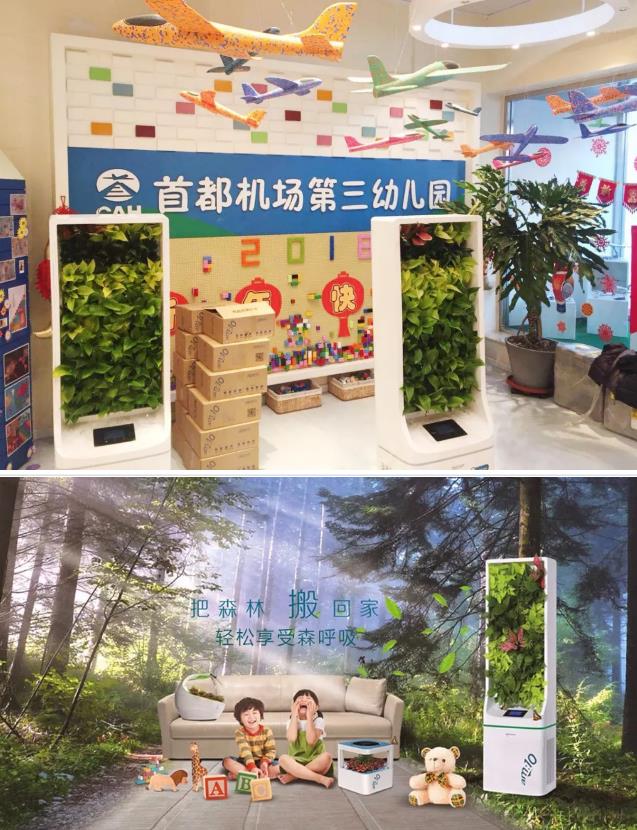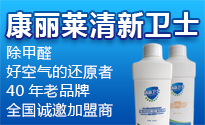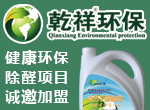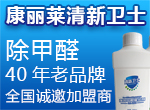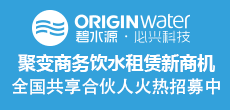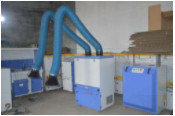Since March, the sandstorm weather in northern China has been frequent. The sandstorm weather is closely related to the weather and climate characteristics of this period. Winter and spring alternate, the temperature rises rapidly, the ground thaws, the soil is loose, the heat in the sand source area is unstable, and the cold air activity is frequent, so the sandstorm weather is easy to occur. According to data, from 2000 to 2017, China experienced an average of 13.6 dust storms every year.

01 What harm does sand and dust do to children?
Many people believe that adults with relatively large vital capacity will definitely inhale more sand and dust, while children with small vital capacity should inhale less sand and dust. However, they say that children are by no means a miniature version of adults, and their organ physiology has its unique characteristics and laws, which should be paid enough attention by parents.

The development of children's lungs continues from intrauterine to postnatal. Environmental pollutants are likely to affect the development process and lung function of the lungs, increasing the risk of wheezing pain in childhood. ”"Research shows the relationship between the impaired lung development of children and PM concentration, which shows that air pollution can change the lung development of children. The fine particles in the environment are not only related to the intrauterine growth delay and infant mortality of the fetus, but also related to the impairment of children's lung function and respiratory pain, especially for children with asthma.
02 What should I wear in dusty weather?
1. Not recommended for children under 3 years old
Experienced parents may all know that the younger the child, the more difficult it is to wear. Just put it on for two minutes, my little hand will come off. The regular ones are mostly designed for children over 3 years old. When a baby wears them, the space on his face will be large, and dust and pollution can easily pass in and out from the edge or the space on both sides of his nose, which basically does not play a filtering role. In addition, because the child is young and not properly cared for, it is easy to cause the risk of suffocation. Therefore, children under 3 years old are not recommended to wear them. Parents should try to wear little babies when going out on dusty days.
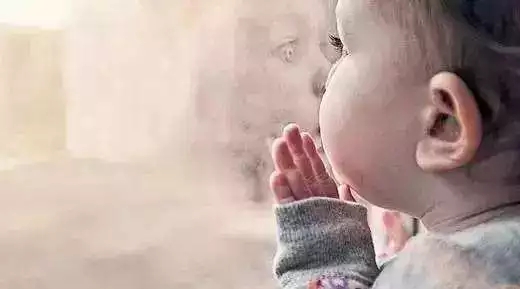
2. Gauze is suitable for children aged 3-6
The gauze has good dust filtering ability, is comfortable and breathable, and is suitable for children to wear. Because the number of layers of gauze is too small to work, and too many children wear it too stuffy, the thickness of 6-8 layers is usually suitable for children aged 3-6 years.
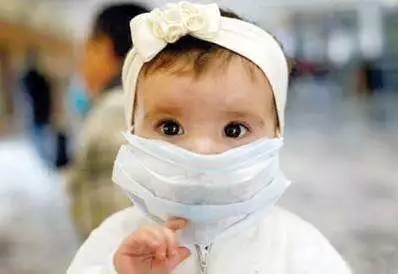
3. Children over 6 years old can wear KN90
The capture capacity of 2.5 micron particles is 90%, that is, KN90; If the capture capacity is 95%, it is N95. Although N95 can filter 95% of PM2.5, it is tightly sealed and has poor permeability, which is easy to cause breathing difficulties for children, so it is not suitable for children to wear it. In contrast, KN90 is more suitable for older children. Although there is some stuffiness in the mouth and nose, it does not affect normal children's normal actions.
03 How to reduce the harm of sand and dust to children?
1. Reduce outdoor activities
In case of dusty weather, parents should let their children stay indoors as much as possible and close the doors and windows tightly. If you go out, you should try to reduce the time or intensity of outdoor activities, and wear qualified ones for children to prevent toxic fine particles from invading the lungs through the mouth and nose. After returning from contact with sand and dust, you should clean them immediately to reduce the attachment of toxic particles to the body.
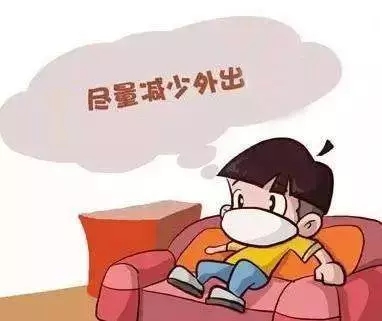
2. Wash your mouth, face and nose frequently
Sand dust can enter the respiratory tract of the human body through the nose, and can also enter the digestive tract of the human body through the mouth. When children come home from the outdoors, they should wash their faces, rinse their mouths and clean their nasal cavities in time to remove the attachment of pollution residues and reduce the harm of harmful haze to the human body. However, parents should be careful not to hurt the nasal mucosa when cleaning their nasal cavities. Also, wash your face with warm water to help clean it. In addition to facial cleaning, other exposed parts of the body should also be cleaned.
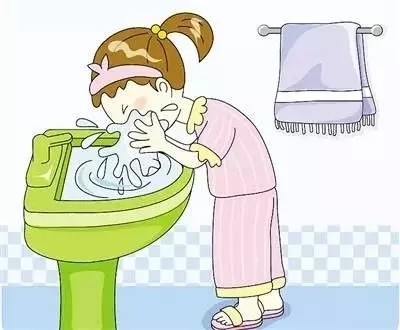
3. Use air purifier
Infants who are sensitive to sand and dust pollution should pay special attention to protection. The content of PM2.5 in the air should be strictly controlled. For example, qualified air purifiers should be used indoors. Attention should be paid to ventilation when the air environment is good. As the first batch of new national standard purifiers, micro forest purifiers can remove dust, haze, PM2.5 and other pollutants in the air, and have always protected children's breathing safety.
